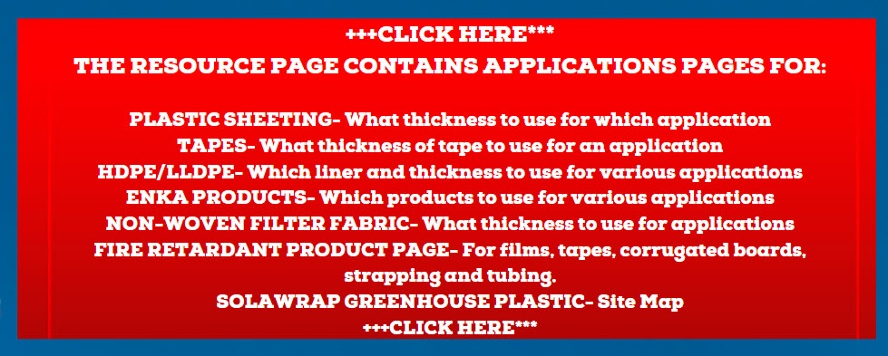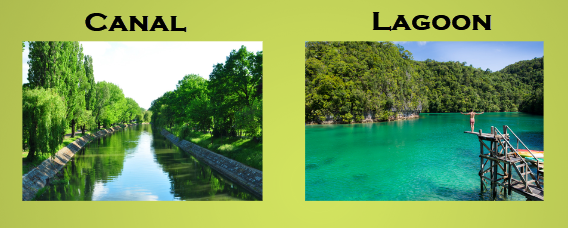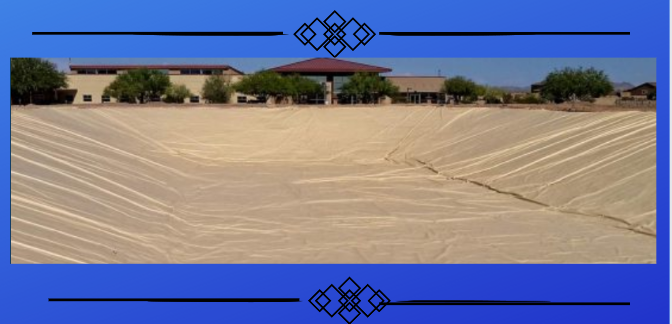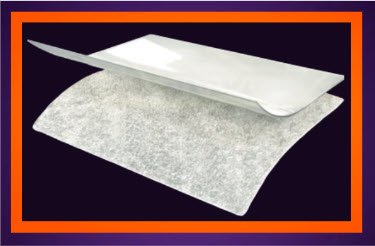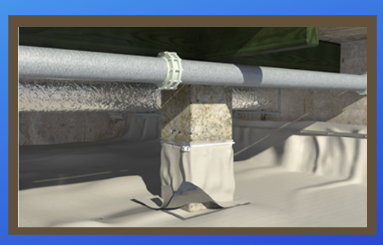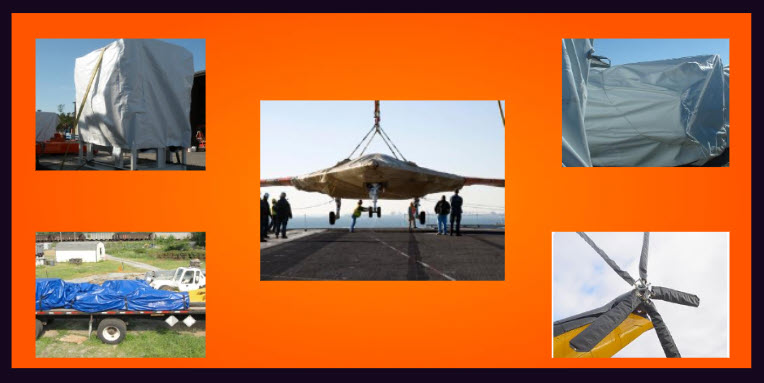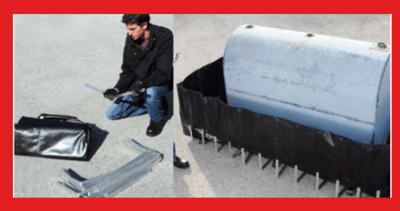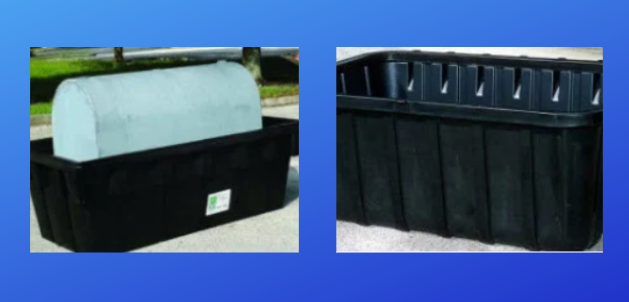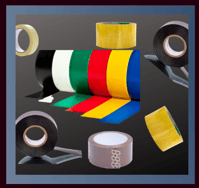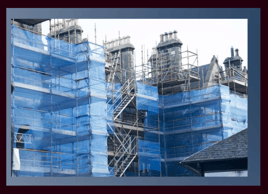Harnessing Nature's Power: The Wastewater Evaporative Lagoon System
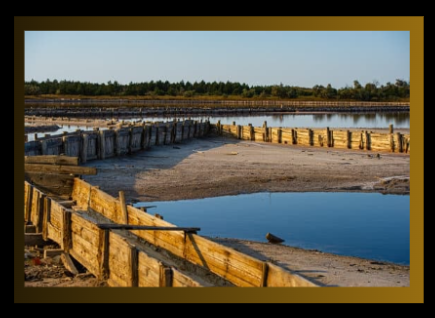
Introduction
Wastewater management is a critical concern for industries and municipalities worldwide. Traditional methods of treatment, while effective, can be energy-intensive and expensive. Enter the Wastewater Evaporative Lagoon System, an ingenious solution that harnesses the power of nature to treat and manage wastewater. In this blog, we'll delve into what this system is, when it's built, its applications, and key factors to consider when implementing it.
What is a Wastewater Evaporative Lagoon System?
A Wastewater Evaporative Lagoon System is a natural and sustainable wastewater treatment method. It consists of a series of shallow ponds or lagoons specifically designed for the biological treatment and evaporation of wastewater. These lagoons work in tandem with the sun, wind, and natural processes to treat and ultimately evaporate the wastewater, leaving behind treated effluent and solid residues.
When is it Built?
Wastewater Evaporative Lagoon Systems are typically built when there's a need for cost-effective, low-energy wastewater treatment in regions with a warm and dry climate. These systems are particularly effective in arid areas with high evaporation rates, making them a suitable choice for various industries and municipalities.
Applications of Wastewater Evaporative Lagoon Systems
-
Agriculture: Farmers often use these systems to treat agricultural wastewater, which can contain nutrients and organic matter. Treated effluent can be reused for irrigation, conserving water resources.
-
Industrial Facilities: Industries such as food processing, textiles, and mining utilize evaporative lagoons to manage and treat their wastewater. The system can effectively remove contaminants and reduce the environmental impact of industrial processes.
-
Municipalities: In areas where there's limited access to advanced wastewater treatment infrastructure, municipal wastewater can be treated in evaporative lagoons. These systems can be a cost-effective solution for small towns and rural communities.
Factors to Consider When Implementing a Wastewater Evaporative Lagoon System
-
Climate: Evaporative lagoon systems are most effective in warm, dry climates with high evaporation rates. Consider the local climate and weather patterns to determine the system's feasibility.
-
Site Selection: Choose a suitable site that is well-drained, has sufficient space, and complies with regulatory requirements. Soil permeability and groundwater levels are critical factors to assess.
-
Design and Sizing: Properly design the lagoon system to accommodate the expected wastewater volume and load. Adequate sizing ensures efficient treatment and evaporation.
-
Regulatory Compliance: Understand and adhere to local, state, and federal regulations regarding wastewater discharge and treatment. Ensure the system meets environmental standards.
-
Maintenance and Monitoring: Regular maintenance, monitoring, and testing are essential for the system's long-term effectiveness. Develop a maintenance plan and schedule to prevent issues.
-
Safety Measures: Implement safety measures to protect personnel and wildlife. Fencing, signage, and other precautions may be necessary.
The Lining of a Waste Water Evaporation Pond is Critical
Lining a wastewater evaporative lagoon is a crucial aspect of its design and construction, as it helps prevent groundwater contamination and ensures the effectiveness of the system. Here are some additional considerations for lining a wastewater evaporative lagoon:
-
Liner Material Selection: Choose an appropriate liner material based on factors such as the lagoon's size, the type of wastewater being treated, and local environmental conditions. Common liner materials include clay, synthetic liners (HDPE, PVC), and geomembranes. Each has its advantages and disadvantages, so consult with a geotechnical or environmental engineer to select the best option.
-
Permeability: The liner should have low permeability to prevent wastewater from seeping into the ground or groundwater from infiltrating the lagoon. The permeability of the liner material should be tested and considered in the design.
-
Liner Installation: Proper installation is critical to the effectiveness of the liner. It should be installed without wrinkles or creases to maintain its integrity and prevent leaks. Experienced professionals should handle the installation.
-
Leak Detection and Monitoring: Implement a leak detection system, such as the use of leak detection sensors or regular visual inspections, to promptly identify and address any breaches in the liner. Monitoring the liner's condition over time is crucial for long-term effectiveness.
-
Anchor and Ballast Systems: Depending on the liner material, consider anchor or ballast systems to secure the liner in place. This is especially important in areas with high winds, as it prevents liner displacement.
-
Protection from UV and Weathering: If using synthetic liners or geomembranes, protect them from ultraviolet (UV) radiation and weathering by covering them with soil, gravel, or other appropriate materials. UV exposure can degrade these materials over time.
-
Seams and Overlaps: Pay special attention to the seams and overlaps in the liner material. Proper welding, sealing, or joining techniques should be employed to ensure that these areas are watertight.
-
Chemical Compatibility: Consider the compatibility of the liner material with the wastewater being treated. Some chemicals in wastewater can deteriorate certain liner materials, leading to premature failure.
-
Regulatory Compliance: Ensure that the liner design and installation comply with local, state, and federal regulations governing environmental protection and containment of hazardous materials.
-
Repair and Maintenance: Develop a plan for repairing and maintaining the liner as needed. This may include periodic inspections, patching or repairing damaged sections, and routine maintenance to extend the liner's lifespan.
-
Erosion Control: Implement erosion control measures around the lagoon to prevent erosion of the liner's protective cover and to maintain the lagoon's structural integrity.
-
Emergency Response Plan: Develop an emergency response plan in case of liner breaches or failures. This plan should include procedures for containing spills and mitigating environmental damage.
Consulting with experienced engineers and environmental professionals is essential when designing and constructing the liner for a wastewater evaporative lagoon. They can help ensure that the liner system is appropriately designed, installed, and maintained to protect both the environment and the lagoon's long-term functionality.
Wastewater Evaporative Lagoon Systems offer a sustainable and cost-effective approach to wastewater treatment in suitable climates. By utilizing the power of nature, these systems not only treat wastewater but also minimize the environmental impact of industrial and municipal operations. When considering such a system, carefully assess the factors mentioned above to ensure a successful and eco-friendly wastewater management solution.




